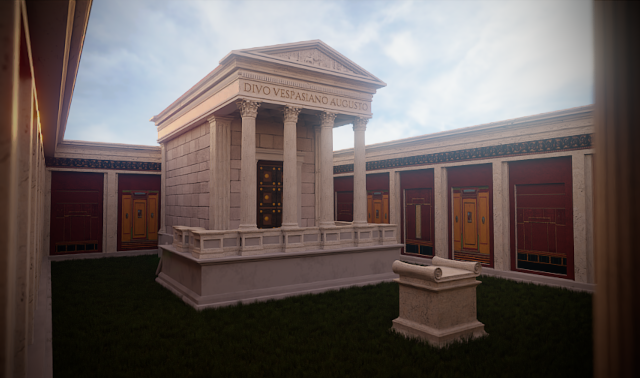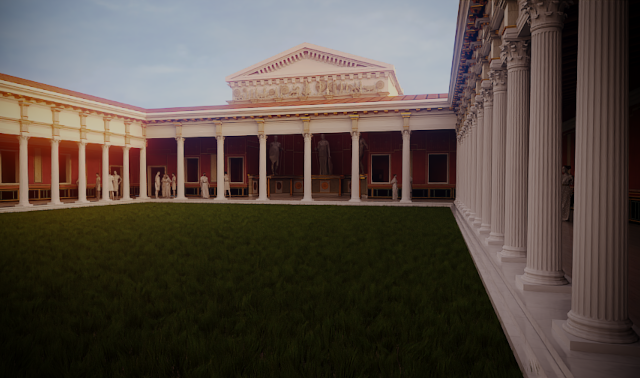Pompeii forum
Founded by the Etruscans at the end of the 6th century BC, Pompeii experienced progressive urban and monumental development under the influence of the Greeks, Samnites and Romans. The city was conquered by Silla in 89 BC and became a Roman colony in 80 BC.
Surrounded by villas and farms of local wealthy families, the town quickly developed an elegant monumental appearance thanks to temples and public buildings.
The Forum was the place where justice was administered, where municipal councils were held, and where the buildings storing the archives stood. The central core consisted of the large rectangular square, almost 150 metres long and 40 metres wide, surrounded by porticoes of columns in two superimposed orders. Enclosed to the north by the majestic Temple of Jupiter, some of the town’s most important buildings opened onto the Forum: proceeding clockwise, the market (Macellum), the Temple of the Lares, the Temple of Vespasian, the Eumachia building, the Comitium, the Basilica, and the Temple of Apollo. The sides of the portico were adorned with statues, and on the west side there was also a tribune for orators. To the south, the Forum was enclosed by statues resting on three large plinths.
As known, the entire area was buried by the eruption of Vesuvius in 79 A.D. and was brought back to light in the early 19th century thanks mainly to the action of Carolina Bonaparte, Queen of Naples and wife of Joachim Murat.


























